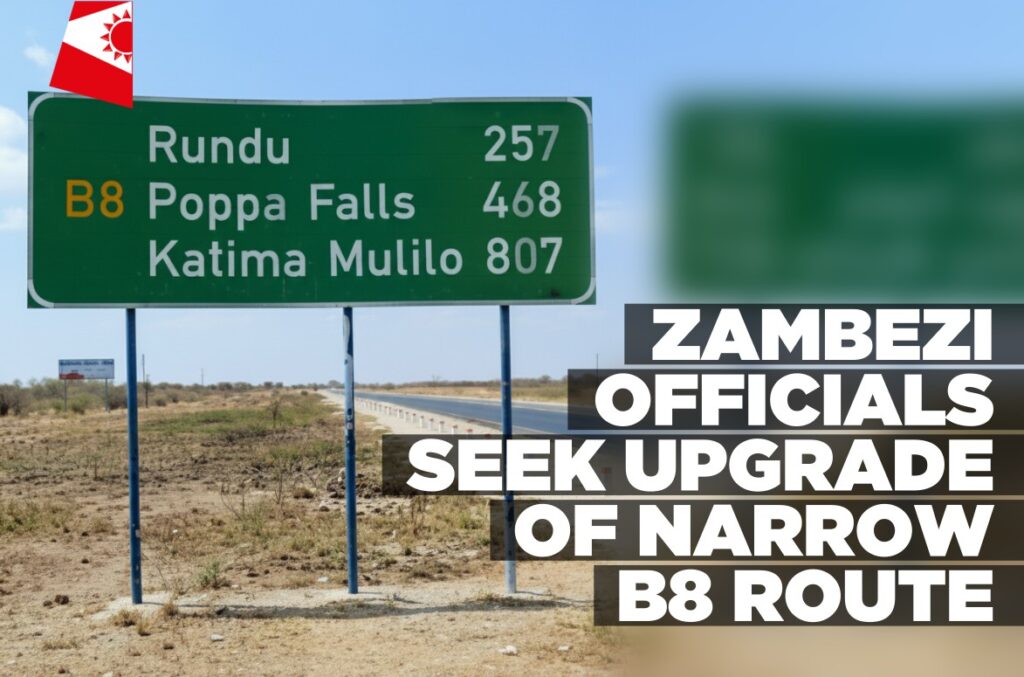
Staff Reporter
THE Zambezi Regional Council has called on the Roads Authority to widen the B8 Road, which links Katima Mulilo to Windhoek, citing the road’s narrowness as a key factor contributing to accidents.
This was highlighted in the National Council’s Report of the Standing Committee on Transport, Infrastructure and Housing. The report aimed to provide an update on the progress made on connectivity of road infrastructure in various regions.
According to the report, the Zambezi Regional Council acknowledged that the B8 Road is vital for the region as it provides access to essential services. However, the Council expressed concern that the road has claimed approximately ten lives at Sinai in recent years due to accidents.
“These incidents were attributed to the road’s narrow width and increasing traffic volumes. The Council therefore recommended that the road be widened to enhance user safety,” the report explained.
The Council also raised concerns regarding the Wenela Border Post, one of the key crossing points between Namibia and Zambia. While the border post generates substantial revenue for the country, the Council noted that poor surrounding road conditions limit its efficiency and economic potential.
“Currently, several access roads are under construction in multiple constituencies within the Zambezi Region, notably in the Masida to be upgraded to a low bitumen standard and Makanga (District Road 3562) and Bukalo-Muyako-Ngoma road to be transformed from gravel road into sealed road areas, aimed at improving connectivity and access to essential services,” the report added.
The council members also provided an update on positive road developments in the region, particularly the completion of the Kongola–Kamenga road, which is now operational and has not received any complaints.
The National Council Standing Committee on Transport, Infrastructure and Housing also conducted a physical inspection of the Impalila and Nakabolelwa–Kasika roads, and expressed satisfaction with the completed works on Impalila Island, which had been under construction and were being upgraded to bitumen standard.
“Regarding the Nakabolelwa—Kasika road, the Committee noted that the road was not yet visible from the Nakabolelwa side because the contractor’s operations were based at Kasika. During the site meeting at Kasika the Committee observed ongoing earthmoving activities toward the installation of 3.5-metre culverts. Members had the opportunity to witness massive excavation works and the laying of concrete slab foundations at one of the major water channels in the area,” the report added.
The Committee further expressed satisfaction with the progress made on the culvert installations, noting that this intervention would help alleviate the hardships faced by communities in this flood-prone area, particularly in accessing public services and amenities.
“However, the Committee stressed the importance of ensuring that the culverts are engineered to withstand the full force of floodwaters. Once completed, these structures are expected to provide reliable alternative mobility options and enhance the movement of residents, effectively complementing both road and river transport systems,” the report added.










